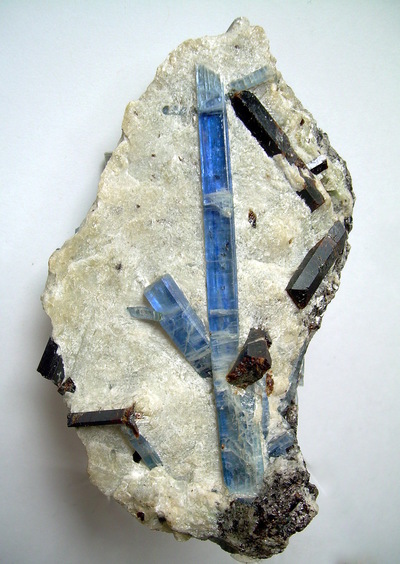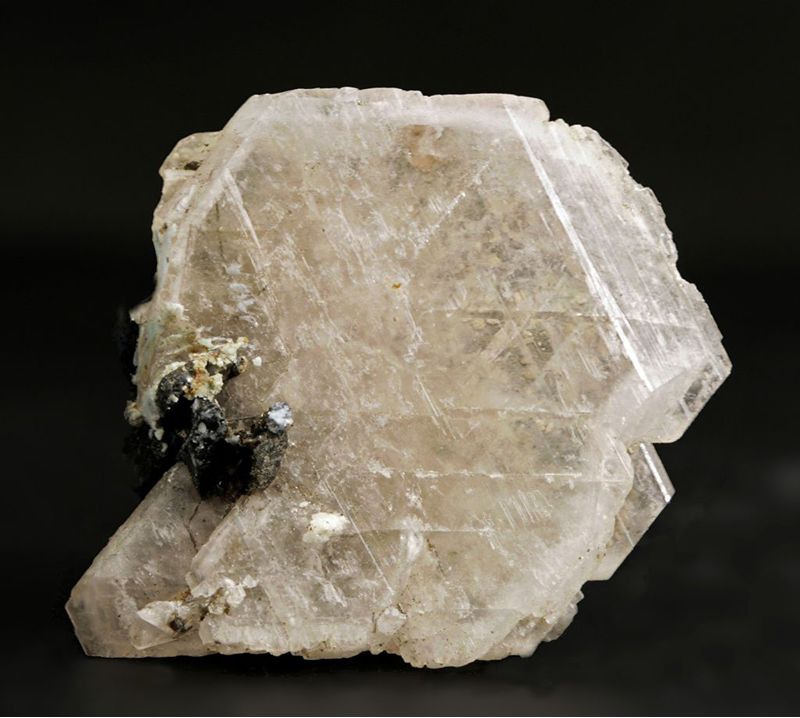You got them all! Your turn.kman1234t wrote: ↑Mon Nov 08, 2021 9:11 pm1. A- Zincite, B - Galena 2. New Jersey - Franklin and Sterling Hill Mines 3. Different ways, but one is the CZ method where a seed crystal of the mineral is dipped in molten feed material and eventually the molten material crystallizes forming a new part of the crystal. 4. Lead 5. Metallic/Dull 6. Crystal Detector
Rocks and Minerals B/C
-
DragonTownEpic

- Member

- Posts: 73
- Joined: Thu Oct 04, 2018 5:45 pm
- Division: C
- State: CA
- Pronouns: He/Him/His
- Has thanked: 25 times
- Been thanked: 11 times
Re: Rocks and Minerals B/C
I CAN DAB AT COMPETITIONS AGAIN 


-
acornsquash24
- Member

- Posts: 7
- Joined: Sat Oct 30, 2021 1:17 pm
- Division: C
- State: NJ
- Pronouns: He/Him/His
- Has thanked: 1 time
- Been thanked: 2 times
Re: Rocks and Minerals B/C
These questions are brutal 

I gotta go now, I'll probably be back in around 15 hours to continue if no one else has already.
(oops i responded when someone already did, my bad)
Mineral A is Zincite Mineral B is Galena crystalline Zincite found in NJ? I don't know this, but it probably has something to do with heating zinc Galena is the primary ore for Lead Galena has a bright metallic luster I had to search this one up. They were used to make the crystal detector or "Cat's Whisker" radio detector.
(oops i responded when someone already did, my bad)
Last edited by acornsquash24 on Mon Nov 08, 2021 9:21 pm, edited 1 time in total.
-
acornsquash24
- Member

- Posts: 7
- Joined: Sat Oct 30, 2021 1:17 pm
- Division: C
- State: NJ
- Pronouns: He/Him/His
- Has thanked: 1 time
- Been thanked: 2 times
Re: Rocks and Minerals B/C
I'll continue with some questions.
1. Identify specimen A (blue)
2. Identify specimen B (dark)

3. Would either of these minerals be good for making jewelry? Explain why or why not for each.
4. Both of these specimens are part of what mineral group? Be as specific as possible.
5. Match each of these traits with mineral A, mineral B, neither or both:
a. can be found in Switzerland
b. fragile
c. usually harder than quartz
d. denser than native copper
1. Identify specimen A (blue)
2. Identify specimen B (dark)

3. Would either of these minerals be good for making jewelry? Explain why or why not for each.
4. Both of these specimens are part of what mineral group? Be as specific as possible.
5. Match each of these traits with mineral A, mineral B, neither or both:
a. can be found in Switzerland
b. fragile
c. usually harder than quartz
d. denser than native copper
-
stlcards422
- Member

- Posts: 23
- Joined: Tue Apr 14, 2020 3:56 pm
- Division: B
- State: MD
- Has thanked: 8 times
- Been thanked: 0
Re: Rocks and Minerals B/C
acornsquash24 wrote: ↑Tue Nov 09, 2021 4:15 pm I'll continue with some questions.
1. Identify specimen A (blue)
2. Identify specimen B (dark)
3. Would either of these minerals be good for making jewelry? Explain why or why not for each.
4. Both of these specimens are part of what mineral group? Be as specific as possible.
5. Match each of these traits with mineral A, mineral B, neither or both:
a. can be found in Switzerland
b. fragile
c. usually harder than quartz
d. denser than native copper
1: Kyanite 2: Tourmaline 3: Only tourmaline, (idk why) 4: Silicate Family 5: a: tourmaline, b: both c: Tourmaline d: both
 ]
]Find the Hardness, Specific Gravity, Name, and Chemical Formula:
What is this reaction to HCL
What is the melting point?
Does this fluorescent?
What is the economic importance?

